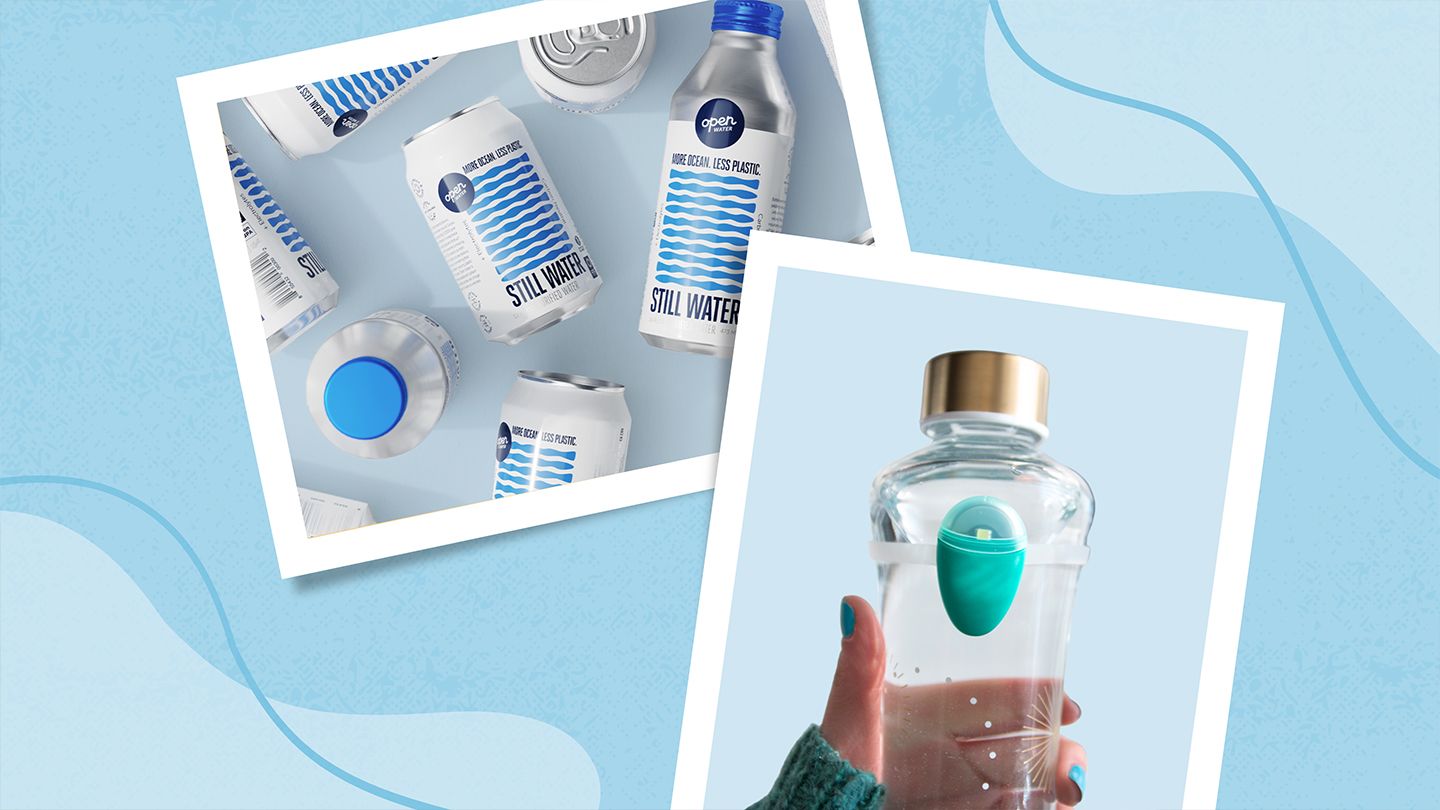Finding Relief from Colds and Coughs with Soothing Vapor Baths
Colds and coughs can make you feel truly miserable. Along with resting and proper medication, one method to help ease symptoms is by taking a steamy vapor bath. The comforting heat, aroma, and steam can provide natural congestion and cough relief.
Why Try Vapor Baths for Colds and Coughs?
Vapor baths offer a variety of potential benefits for colds and coughs including:
- Warming the body to improve blood flow and clear congestion
- Loosening and thinning out thick mucus
- Soothe sore throat pain and post nasal drip irritation
- Promoting relaxation and surface sweating to fight infection
- Moisturizing nasal passages to prevent discomfort from dryness
Preparing Your Own Soothing Vapor Bath
You likely have most vapor bath ingredients at home already. Here's what you'll need:
- Warm/hot bath water
- Essential oils like eucalyptus, mint, pine, etc.
- Epsom or sea salts
- A soft towel
- Facial tissues
- Bottle of water to stay hydrated
Optional extras can include body wash/bubble bath, bath crayons for kids, bath toys to prevent boredom, and bath pillows for neck support.
Filling the Tub and Adding Ingredients
Run a warm/hot bath just shy of your personal comfort maximum to allow for cooling. Smaller children may require lower temperatures to avoid burns.
Aim for a half full tub minimum to fully submerge the upper body. This ensures maximum steam inhalation benefits.
Sprinkle in at least 1 cup of Epsom salts which may ease body aches. Then add several drops of essential oils like eucalyptus, peppermint, pine etc. based on personal tolerance and preferences.
Settling into the Steam
Before immersing yourself, have tissues and fluids within easy reach. Carefully step into the bath minimizing splashing to keep oils and moisture airborne.
Lay back allowing the waterline to reach up to your neck and recline the head back onto a bath pillow. Relax and breathe normally with eyes closed, inhaling the aromatic steam for 10-15 minutes.
If congestion persists, gently blow the nose as needed into tissues. The steam helps loosen and drain bothersome mucus from the sinuses down the back of the throat.
Aftercare Considerations
When finished bathing, stand slowly while holding tub handles for stability. Dry off promptly with a fresh soft towel and dress in comfortable loose clothing.
Be sure to drink adequate fluids like water, broths, or electrolyte beverages. Clean the tub thoroughly after use and leave bathroom fans running for moisture reduction.
Effects like diminished congestion may last for hours after leaving the bath. Continue using saline sprays, vapor rubs, and cough medications as needed per directions.
Maximizing the Benefits of Vapor Baths
Follow these helpful tips to enhance the positive effects of steam bathing for colds and coughs:
Test Essential Oil Dilution on Skin First
Dilute any essential oil in a bit of carrier oil and apply to skin before adding to a full bath to check for irritation, rashes, or discomfort.
Keep Head Above Water to Allow Breathing
Ensure the head remains above bathwater level rather than fully submerged so steam can be continuously inhaled through the nose and mouth.
Use Warm Damp Washcloths on Face
If leaning over a full tub proves difficult, apply a warm wet washcloth across the face and inhale the soothing vapor.
Hydrate Well Before and After Bathing
Prevent dehydration exacerbating symptoms by drinking adequate water and electrolyte sources like sports beverages or coconut water.
Trying Other Soothing Vapor Remedies
In addition to bathing, employing steam through other methods loosens mucus to relieve multiple cold and cough symptoms:
Facial Steam Bowls
Inhale oils infused in a basin or large bowl of steaming hot water draped with a towel to capture the vapor.
Cool Mist Humidifiers
Moisturize sleeping areas with a cool mist humidifier. Add a few drops of menthol rub to the water tank for extra relief.
Hot Showers
Simply standing in a steamy shower can offer temporary decongestant effects. Use a shower cap to keep hair dry if desired.
When to Consult a Doctor
Check with a physician promptly if any severe or worsening symptoms arise like:
- High fevers over 101F (38C)
- Shaking chills
- Excessive phlegm production
- Blood appearing in mucus
- Persistent wheezing or difficulty breathing
- Unrelenting headaches, body aches or fatigue
Ruling out secondary infections requiring medication ensures colds and coughs resolve safely and quickly.
Make Soothing Vapor Baths Part of Cold and Cough Care
Stepping into a steamy, aromatic bath represents a comforting way to find temporary relief when you have a bad cold or cough. The moist heat and essential oil ingredients create inhalable vapors that help clear stubborn mucus and nasal congestion.
Employ vapor bathing along with other evidence based home remedies as part of your plan for recovering faster. And always seek medical guidance for any symptoms causing concern.
FAQs
What essential oils work best in vapor baths?
Eucalyptus, menthol, peppermint, pine, rosemary, and thyme are great options. Always dilute oils properly before adding to a full bath.
How long should you soak in a vapor bath?
Aim for 10-15 minutes soak time to allow for sufficient steam inhalation. Use a towel to keep the head and face warm if needed.
Are vapor baths safe for children?
Yes, with proper precautions. Stick to kid-safe oils and lower water temperatures. Supervise use to prevent drowning or burns.
Can you add other ingredients besides Epsom salts?
Yes, try bath bubbles, oatmeal powder, Dead Sea salt, essential oil blends, or skin-soothing ingredients like colloidal oatmeal.
Disclaimer: This article is for informational purposes only and does not constitute medical advice. Always consult with a healthcare professional before starting any new treatment regimen.
Related Coverage
Learn if you can safely use Nyquil and Flonase together for a stuffy nose. Discover how these over-the-counter medications work, interaction cautions, side effects, and more....
Can you safely take ibuprofen and DayQuil together? Experts warn combining them poses avoidable risks like liver toxicity, bleeding issues, and intensified side effects....
Discover natural ways to find relief from flu misery including zinc, elderberry, vitamin D, garlic, soups, honey and more along with precautions for these home remedies....
Get tips for dissolving crystallized honey into cold water, drinks and DIY cough/sore throat syrups. Learn why honey solidifies and simple tricks to integrate it....
Learn about using onions on feet as a home remedy. This folk remedy may help reduce inflammation, improve circulation, and provide natural relief for tired, aching feet....
Take this hand hygiene quiz to see if you know all the right handwashing techniques to kill germs. Learn effective scrub time, soap use, rinsing, drying steps....
Sinus infection eye pain is common with sinusitis. Try natural remedies like warm compresses, steam inhalation and nasal irrigation to relieve pressure....
Find Rapivab dosage for adults, children, and renal patients, with prep steps, safety tips, and quick infusion guidance....
Learn about potential side effects and risks of mixing Nyquil cold medicine with the antibiotic amoxicillin. Discover safer alternative cough remedies to use while on antibiotics....
Drinking adequate water provides tremendous benefits including healthier skin, improved digestion, weight loss, detoxification, and increased energy levels....








